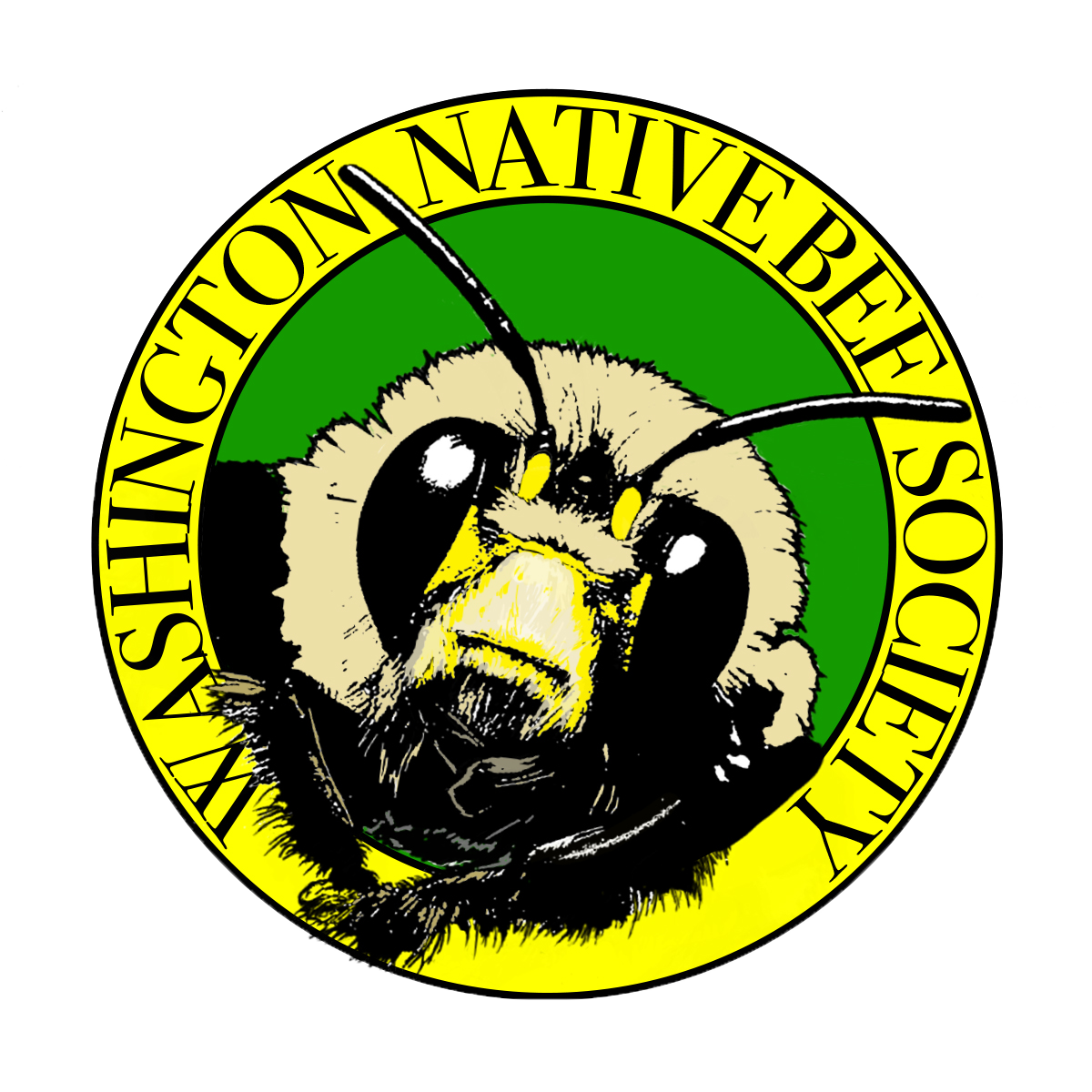Learning to be a Bee Whisperer
- Lisa Robinson
- Oct 22, 2023
- 2 min read
Updated: Jul 29, 2025
Here is a great tip for befriending bees, learned by chatting with @kiwikiu, in iNaturalist, where he is a Curator with over 40,000 observations and a total of 4350 species to date. He came to our attention by posting a Mining bee we think is a Bright Miner Andrena candida, or possibly Andrena w-scripta, which is still to be resolved.
Washington State University undergrad, Mason Maron, is majoring in Wildlife Ecology. He said he has a strong interest and love for the Flora & Fauna of the Pacific Northwest and has developed a lot of ID skills for mammals all over the world. He is also a very experienced birder and Ornithology student, able to ID birds from all over North America as well as a good amount from Europe and Australia. He became very good with birds in Patagonia after studying in Chile about a year ago. Currently, he is focused on researching ectoparasitic lice on birds (commonly referred to as "feather lice"), namely those that impact Accipitridae, the Family that includes Hawks, Eagles, and Kites.
Mason wrote:
“When you find [bees] on small, cupped flowers, such as daisies, you can put your hand underneath by pinching your index and middle finger on the stem just below the base of the flower. Then, when you lift your fingers up slightly, they should be flush with the petals while still holding the flower very still. As the bee walks around, it will walk off of the petals and onto one of your fingers.

"I'm not quite sure why, but at this point, they always stop to clean pollen off of themselves, giving ample time to get close and take photos before they fly back to the next flower.”
Mason is currently in the top 7 for posting photos of 343 native bees to our iNaturalist project. If you join the project you will see our logo automatically added to any observations of native bees you post inside the Washington state border. You can also find us by clicking “Project” in the drop-down menu under “Community” and typing Washington Native Bee Society into the box.
Our project is set up to automatically add observations of bees (except Honey bees) to our statewide count. The vast majority are native bees, but a few introduced species are also included.

